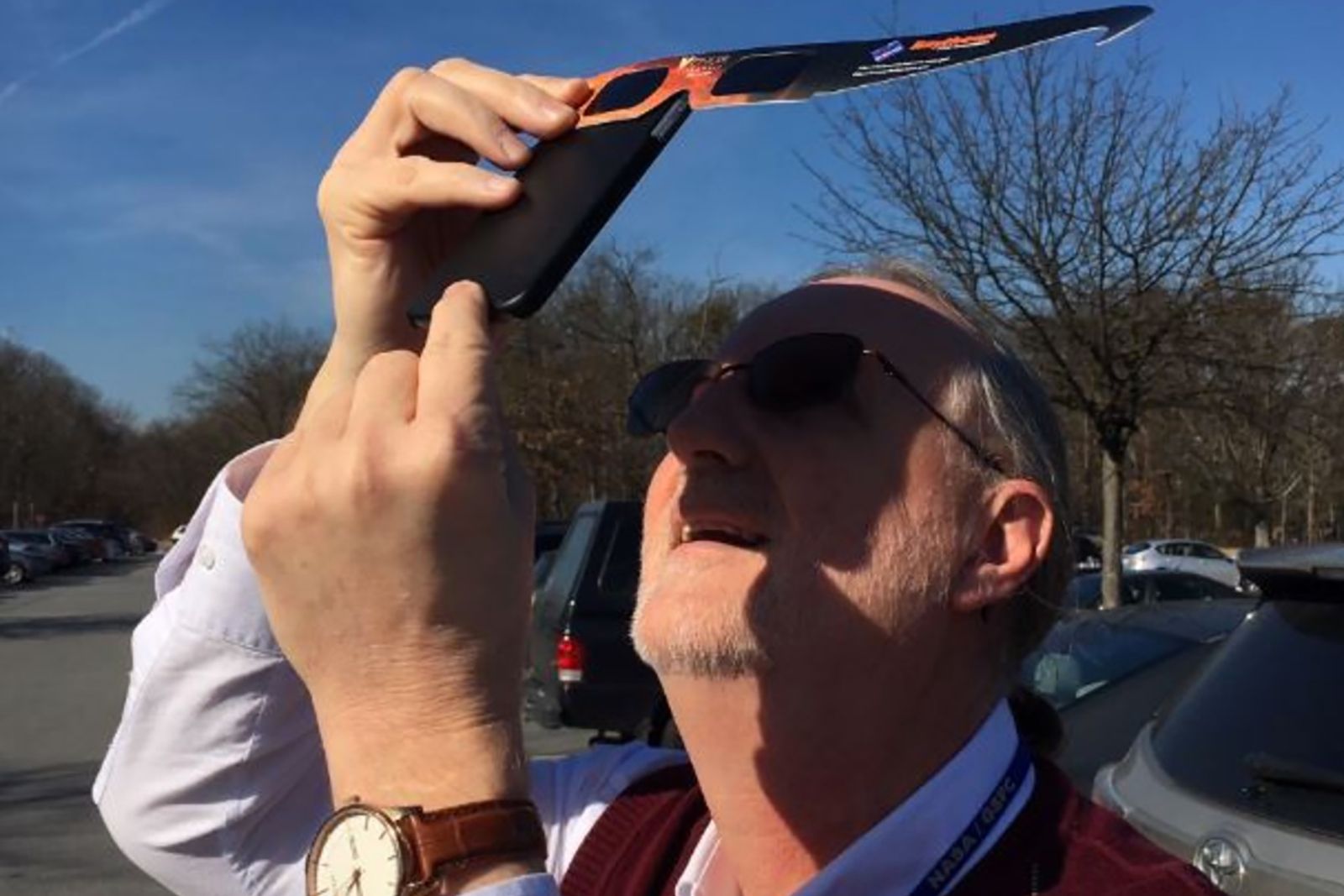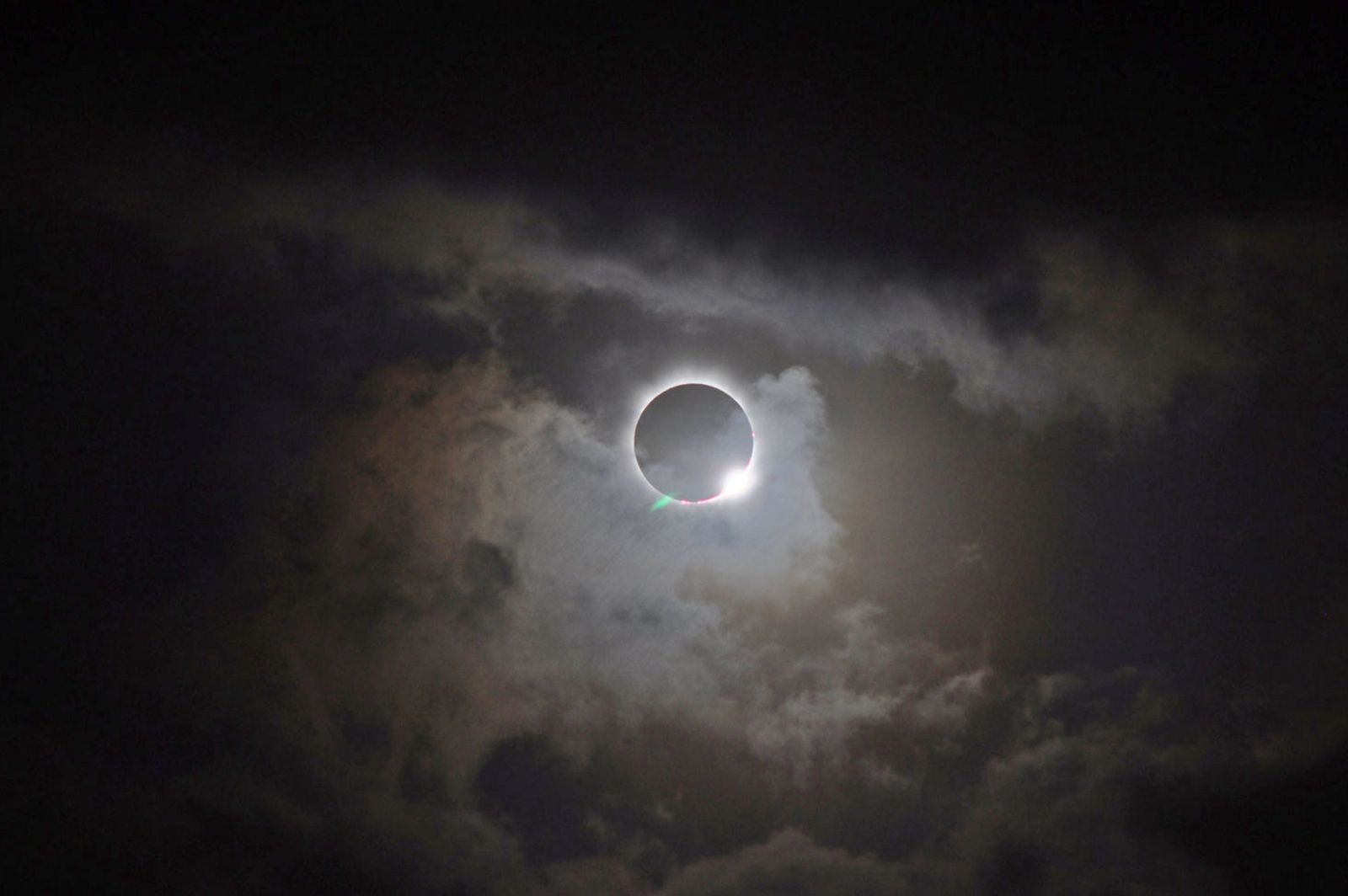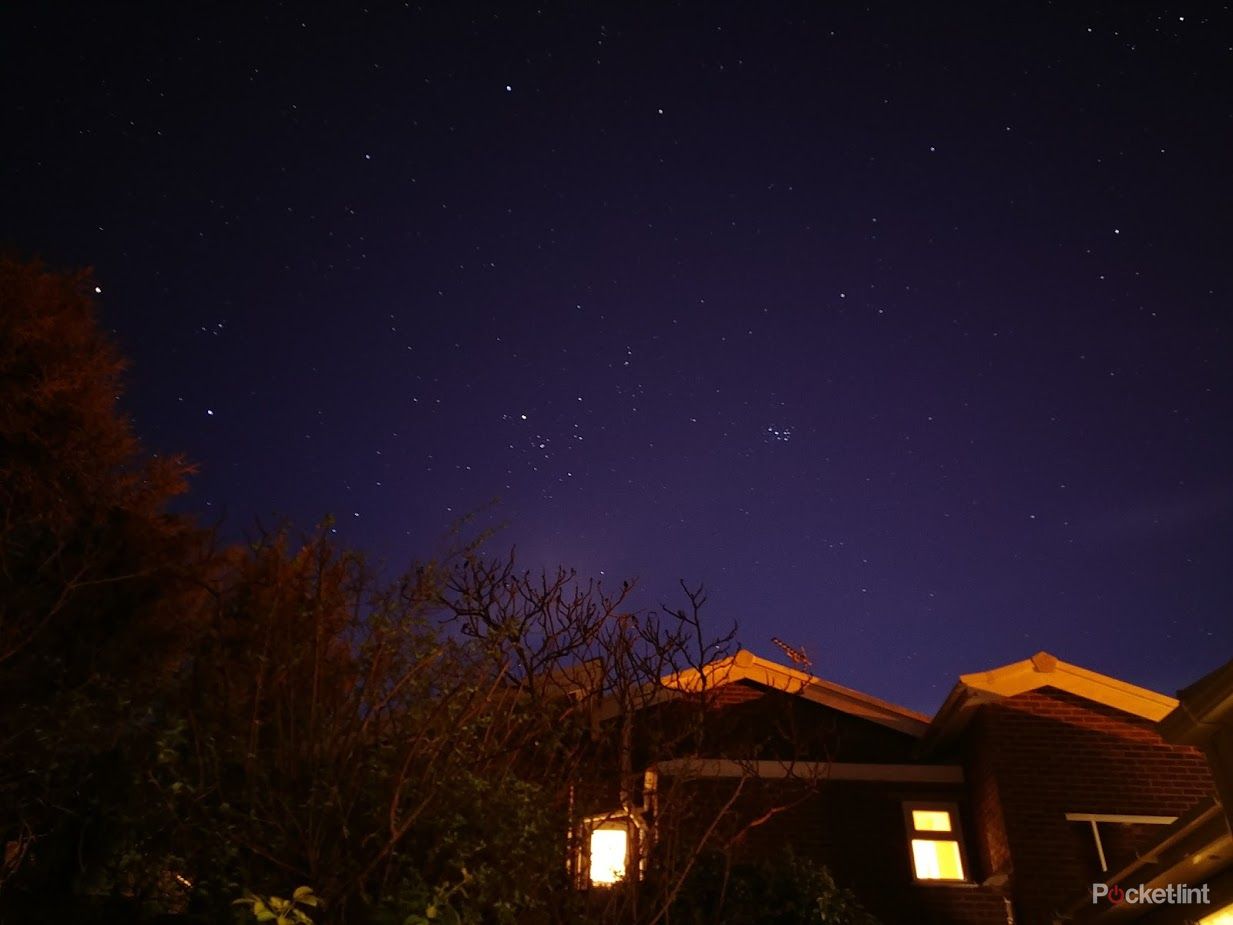You probably want to take a picture of today's solar eclipse using your very own smartphone, right?
Before you do, you should look up about whether it's OK. Here are some tips on how to safely take the best eclipse photos using your iPhone or Android smartphone, all according to the US space agency NASA, which has published a document (PDF) with handy information. It's 12 pages long, however, so we've condensed it a bit for you.
- 10 Top tips for better smartphone photography
- Best upcoming smartphones: The future phones of 2017
- Dual camera smartphones: The history
When is the 2017 solar eclipse?
The solar eclipse is happening on 21 August 2017. Go here to learn everything you need to know about it.
Can you take a smartphone photo of the eclipse?
Yes, but there are a few caveats: for one, if you're going to look directly at the sun, you need to wear protective solar eclipse glasses, and placing those same glasses on your phone is also recommended. The eclipse shouldn't damage your phone's camera, but NASA won't guarantee it. NASA suggested using the same glasses on your phone in order to get the best shot while reducing the chance of damage.
Remember, smartphone lenses are smaller than those on full-size cameras, so less light goes through to the sensor. Also, photography software on the phone itself will automatically change the exposure, which limits the length of time the sensor is exposed to bright light. Most phone are also outfitted with UV light filters, which further slashes the potentially damaging rays that could reach the sensor.
Still, larger sensors on newer phones could be damaged. Apple says its latest iPhone is fine, but, just to be safe: use a small piece of clear tape to hold protective glasses over your phone's camera lens. You'll specifically want ISO-rated glasses. NASA said anyone taking photographs needs to use these special eclipse-viewing glasses, too, even if you’re just looking at your smartphone’s screen.
And finally, bear in mind you probably won’t get a great photo with your smartphone, especially if it just has digital zoom. NASA recommended practicing ahead of time, using the moon or the sun. In fact, continue reading to learn about other useful tips and tricks.
Where can you find solar eclipse glasses?
The American Astronomical Society published a list of reputable retailers and manufacturers selling solar eclipse glasses. The list includes Lunt Solar Systems, American Paper Optics, Rainbow Symphony, etc. The AAS said you should look for the ISO 12312-2 safety standard. Go here to find a few more places you can pick them up, including some places that are giving them away for free.
Solar eclipse smartphone photography tips and tricks
Tripod or selfie stick
You'll want to hold your device still to take the best photo, so get yourself a tripod or a selfie stick. Using either of these will also allow you to watch the eclipse without having to cautiously and firmly hold your phone. Just remember to keep your eyes protected while watching the eclipse, and don't watch through your phone's display. So, use a remote shutter to trigger the camera and capture the shot.
Apple Watch owners can even use the camera app installed on their watch to open and trigger the iPhone's camera.
Focus and exposure
Use a camera app that allows you to lock both the focal point and the exposure. You'll want to long-press on your phone's display to lock in the focus on the sun, and then you can slide your finger up or down on the display to adjust the exposure. You will want to lower the exposure setting to counter-balance the brightness of the sun. Check out our guide on the best iPhone camera apps.
Time-lapse
With a time-lapse, you essentially capture frames at set intervals to record changes that take place slowly over time, but you play them back at normal speed. This effect would work really well with an eclipse, because then you could replay the action in seconds. Some phones, including Apple's iPhone and the Samsung Galaxy line, have a built in time-lapse mode. Just open the camera app, then select time-lapse mode, and press the shutter button. For those without a time-lapse setting, you will need to install a third-party app like Camera FV-F.
Long exposure
For those who look at the phrase "long exposure" and think it's some photographer jargon, it basically means holding the shutter open for longer than usual. It enables the kinds of effects you can't get by just pointing and shooting at something. You can create light trails as well as your own "ghost" photos. We have an entire guide on how to take long exposure shots with a phone.



